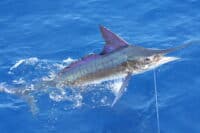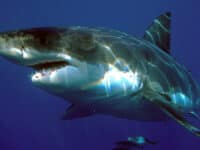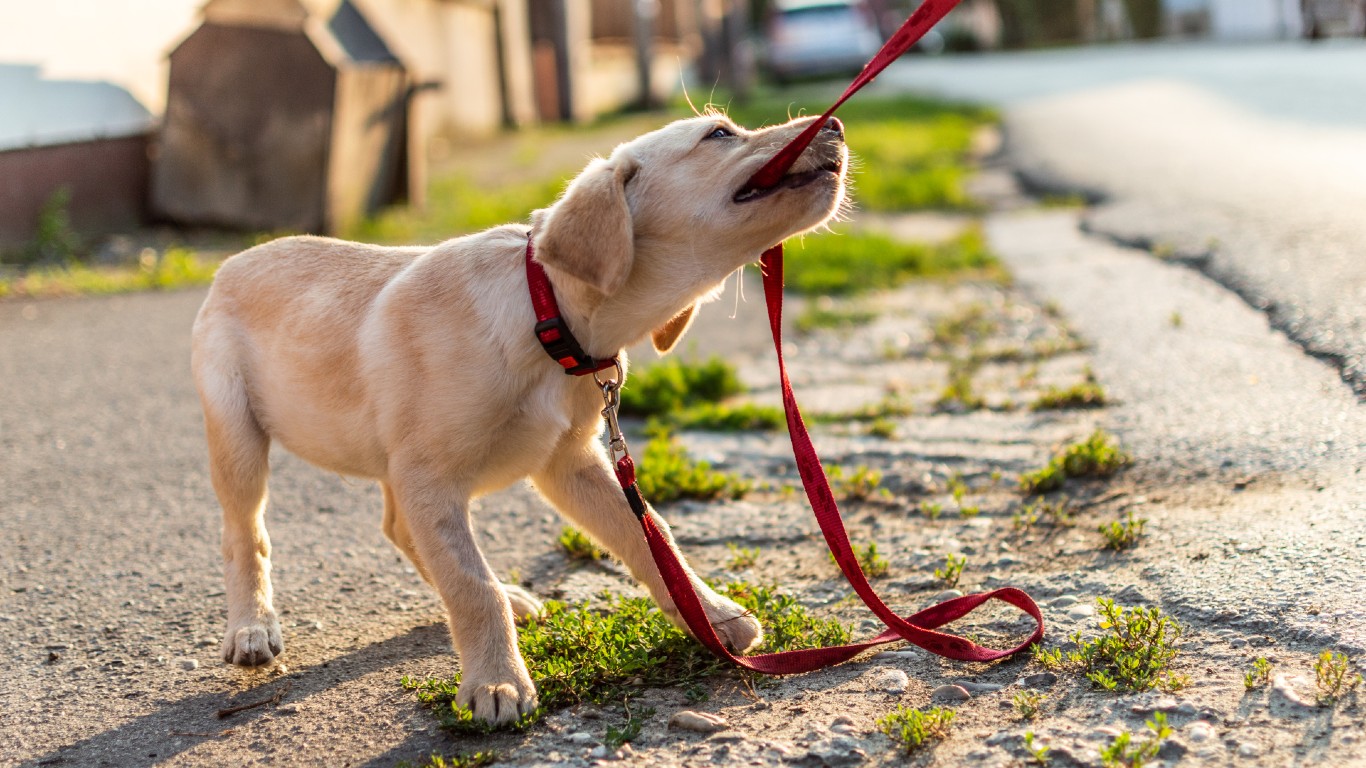
Having a dog brings many rewards, one of the most important being companionship. A dog can serve as a guardian and an exercise companion, and perform tasks as varied as locating lost things and people and retrieving game.
However, dogs have to be trained and the amount of training required varies by breed. Some are independent and stubborn, so they have to learn to be responsive. Others are very energetic and that energy has to be channeled. Still others are so big and powerful that they can cause damage without meaning to.
24/7 Tempo compiled a list of the hardest dog breeds to train. We certainly don’t want to deter anybody from getting one of these breeds as a pet. They have many wonderful and varied attributes, including loyalty, intelligence, and playfulness. (These are the best dogs for people with allergies.)
But to enjoy their better qualities requires addressing their more challenging ones, and that calls for careful training — and from an early age.
To assemble this list of the hardest dog breeds to train, 24/7 Tempo compared listings of relative difficulty published by a number of specialist websites, including TopDogTips, PetCareRX, CertaPet, and PuppyToob.
Click here to see the hardest dog breeds to train
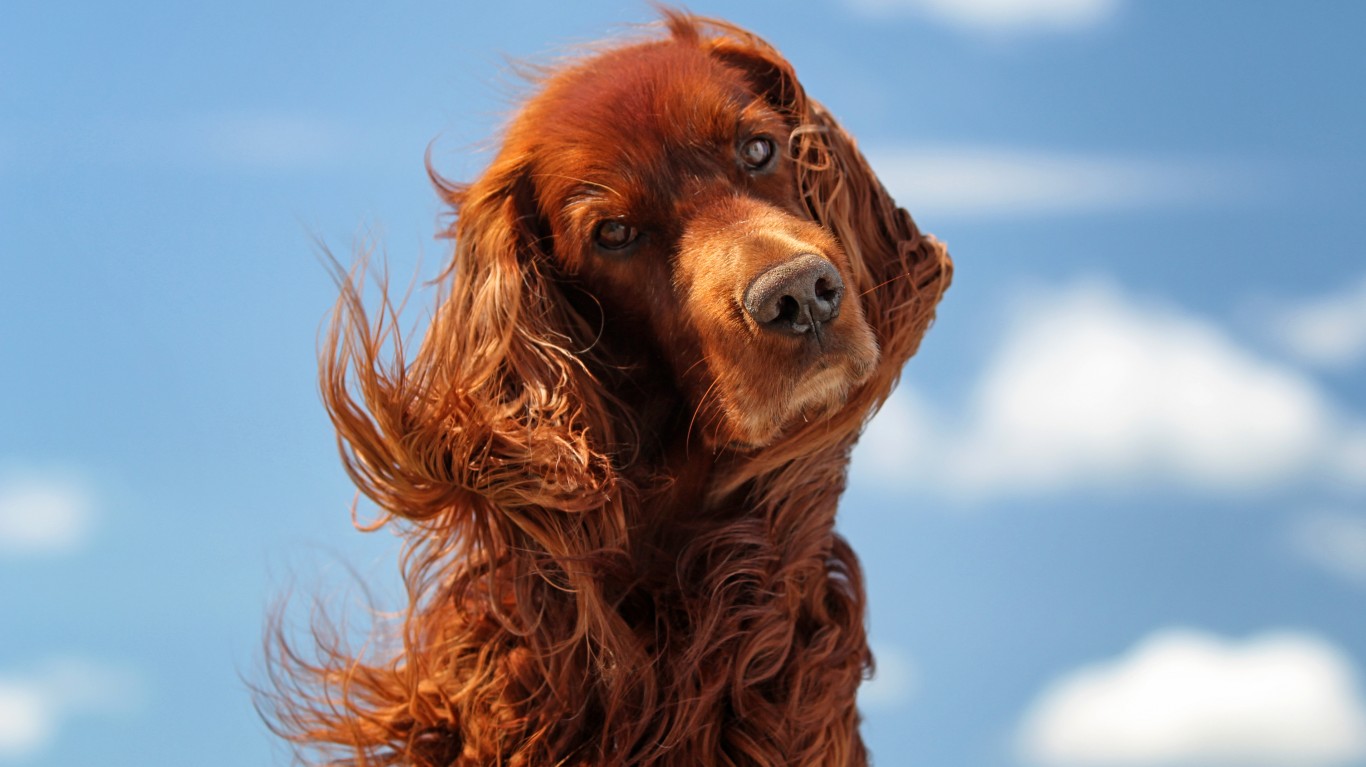
Irish setter
Irish setters are famous for their fine red coats, their grace, and speed. These dogs thrive on human companionship and get along well with children and other dogs. They like vigorous exercise and lots of it. They are eager to please but require patient, positive training.
[in-text-ad]
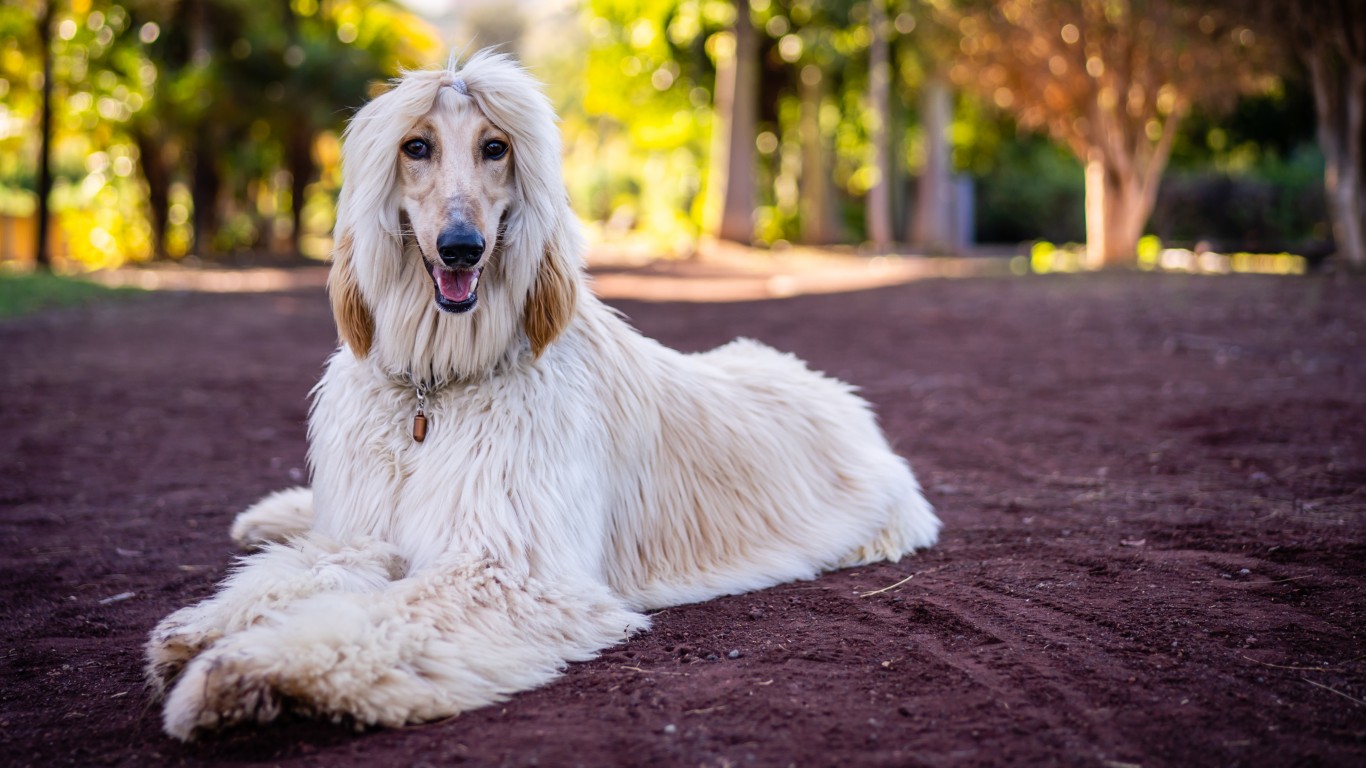
Afghan hound
The Afghan hound is a loyal, regal-looking breed. It’s a powerful athlete and not right for all dog owners. The AKC notes that no amount of training will overcome the Afghan hound’s hunting instinct to take off on a high-speed chase.

Fox terrier
The AKC recognizes a number of fox terrier breeds: the wire fox terrier, the smooth fox terrier, and the toy fox setter. Training the wire fox terrier is said to be a challenge, less so the other two.

Borzoi
Borzoi are big sighthounds — hunting primarily by sight and speed — and can weigh over 100 pounds. Once known as the Russian wolfhound, borzoi were bred to be fast and tough. They are independent and sometimes stubborn, so training can be a challenge.
[in-text-ad-2]
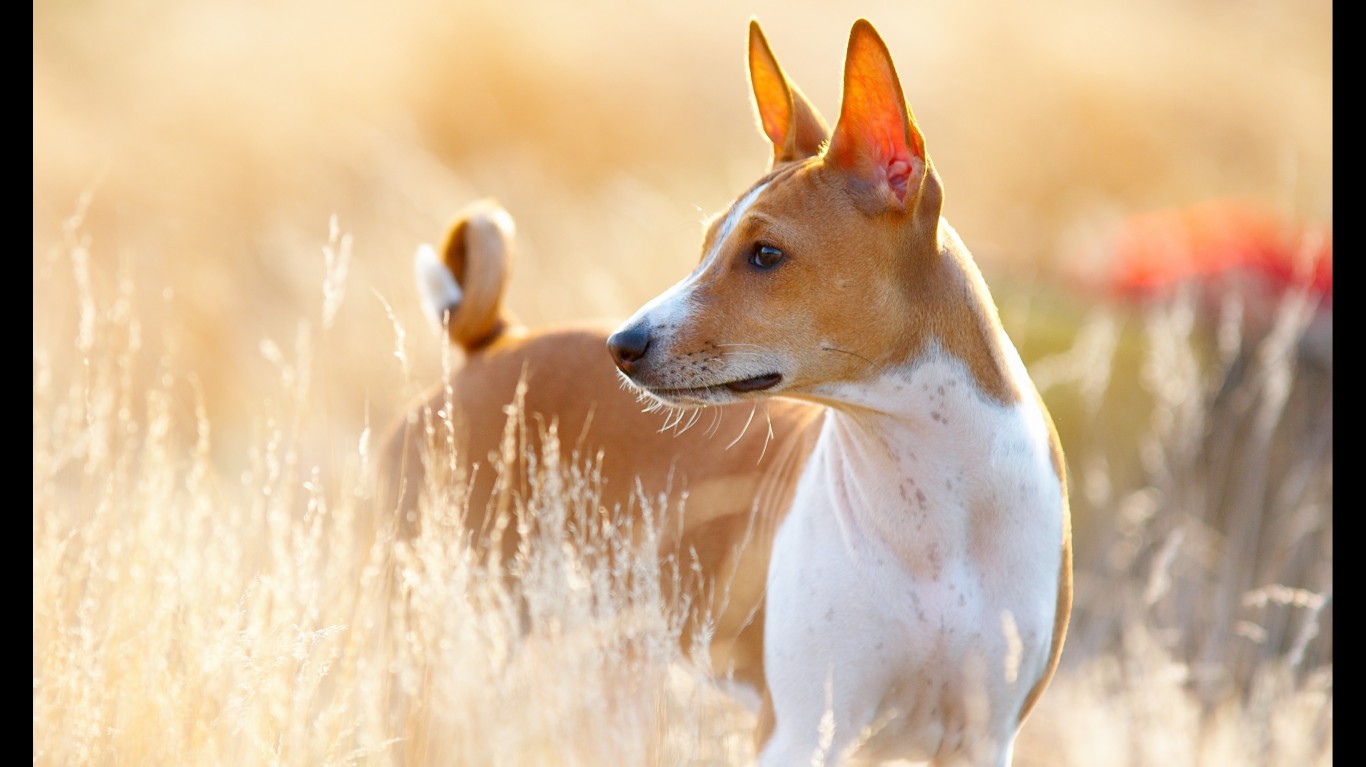
Basenji
The basenji originated in Africa and is one of the oldest dog breeds. That said, it has some un-doglike characteristics — it doesn’t bark, and it grooms itself like a cat. The basenji is good with children, but can also be aloof. It’s energetic and loses interest quickly, which poses some training issues.
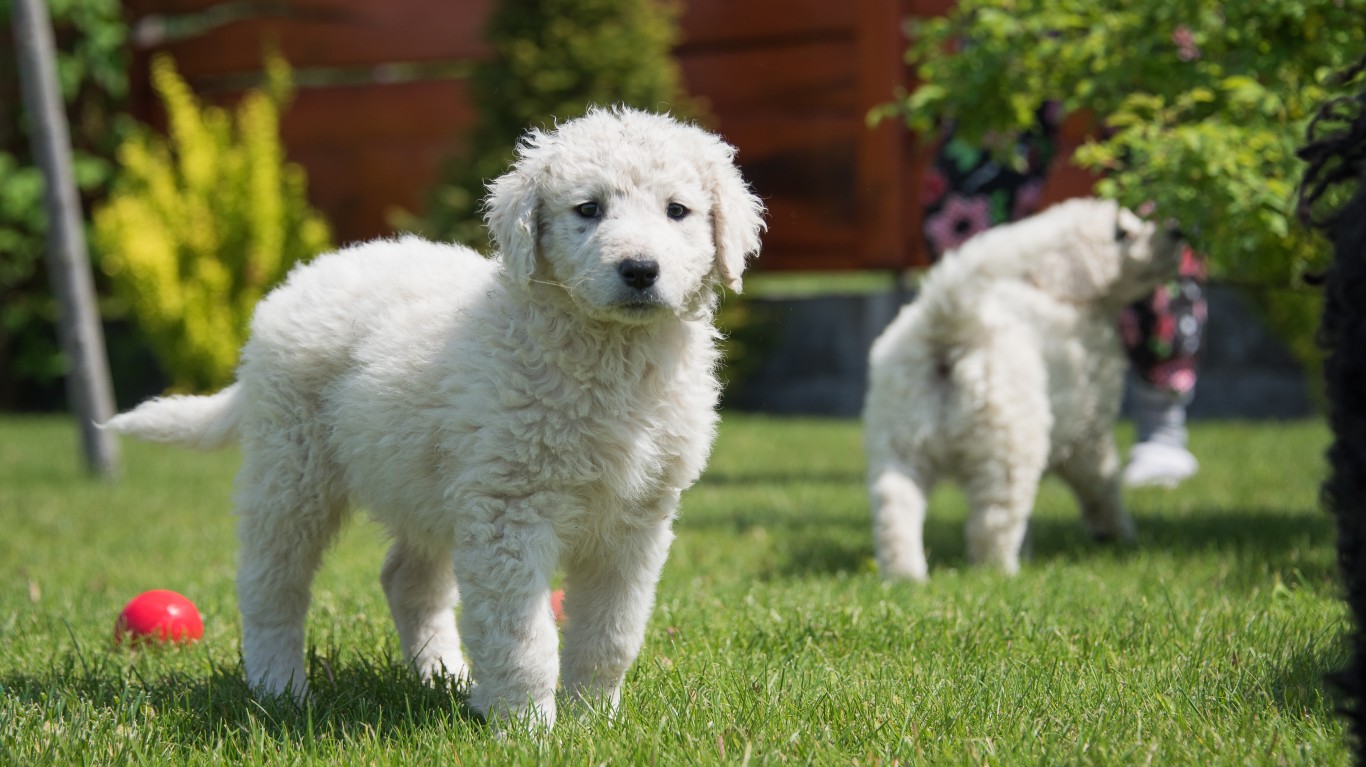
Kuvasz
The kuvasz is a big working dog originally bred to guard livestock in Hungary. It’s an intelligent and determined breed, but matures slowly. It does not respond well to harsh or repetitive training techniques.
[in-text-ad]
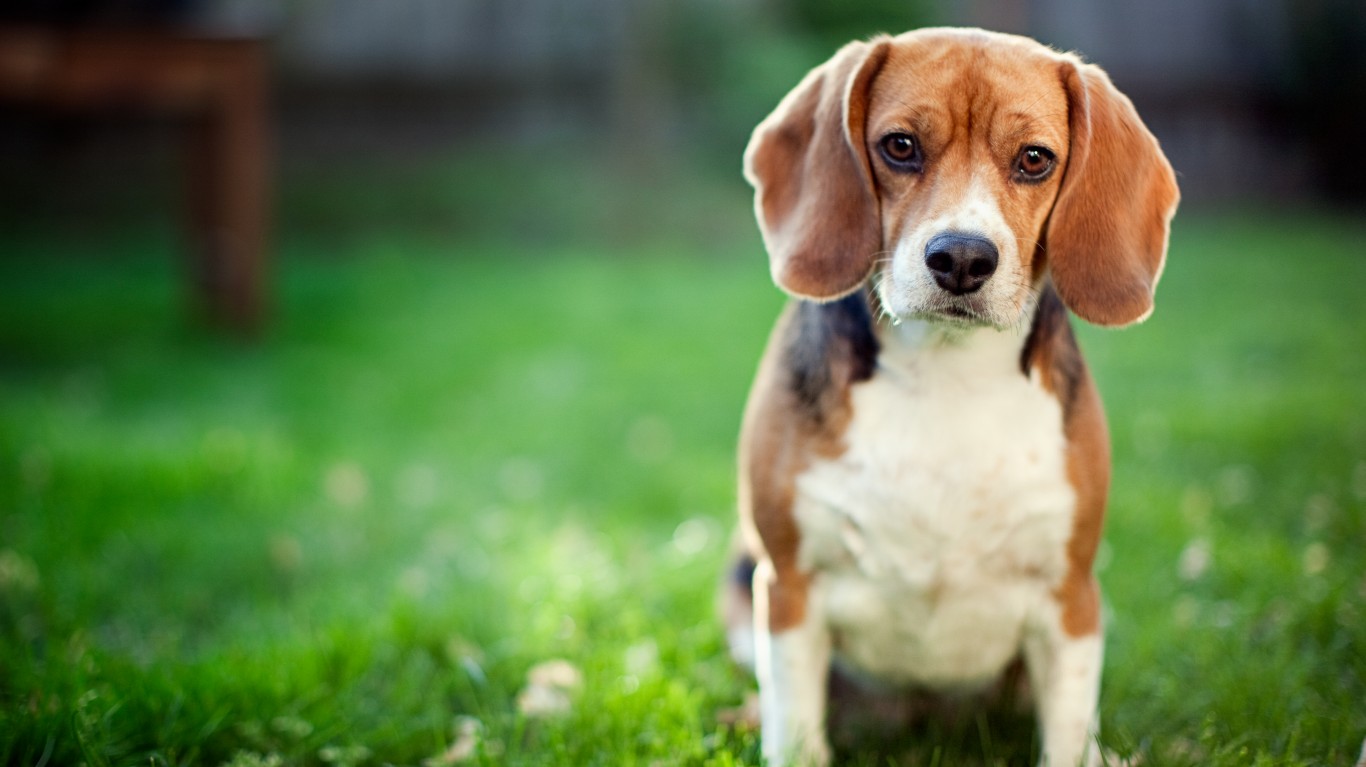
Beagle
Bred to live and work in packs, beagles are sociable dogs and like the company of their human families, as well as other dogs. They are scent dogs, which can sometimes get them into trouble and means they should not be left off-leash unless in a secured area. Beagles do not respond well to harsh techniques, but require patience and positive reinforcement.
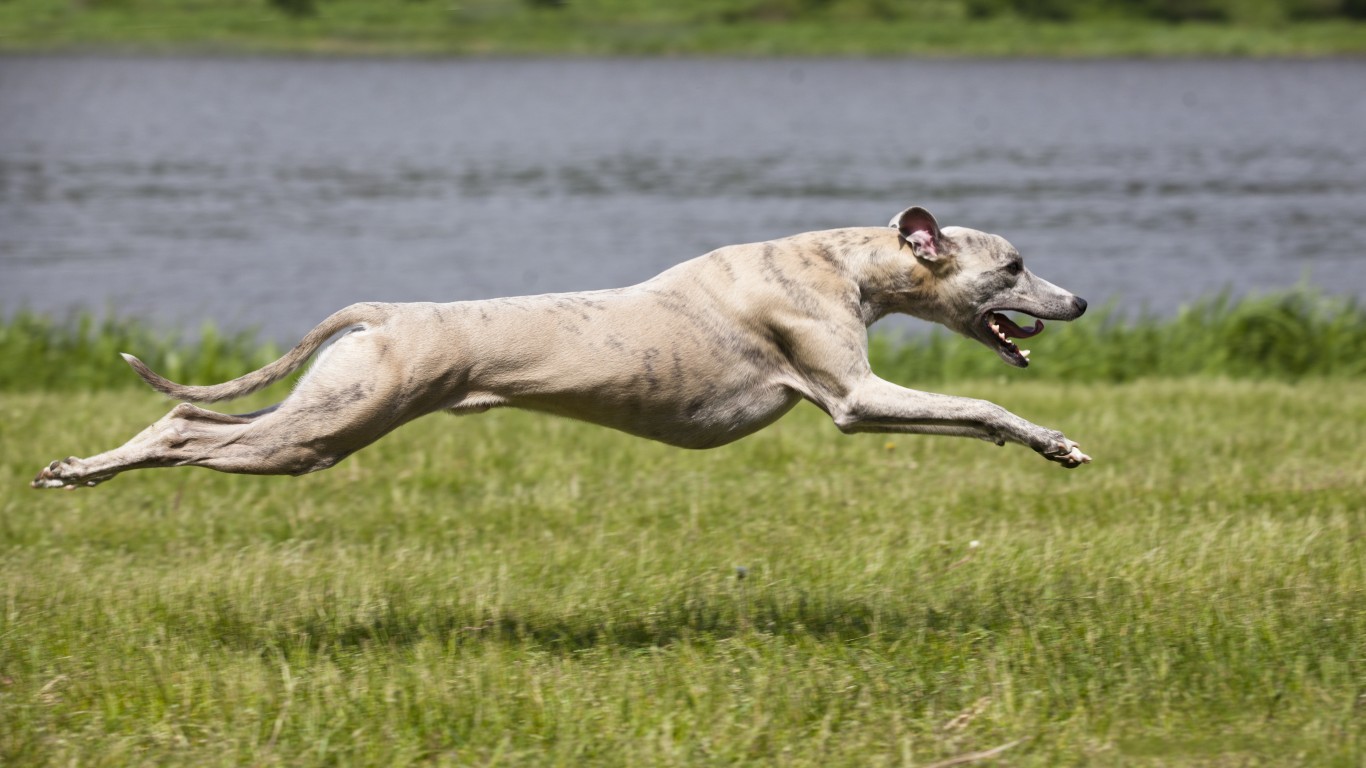
Greyhound
Greyhounds are sighthounds and famous for their speed. They pursue game independently of humans so training them can be a challenge. They should be socialized from an early age with small animals and children — and they get bored very easily.
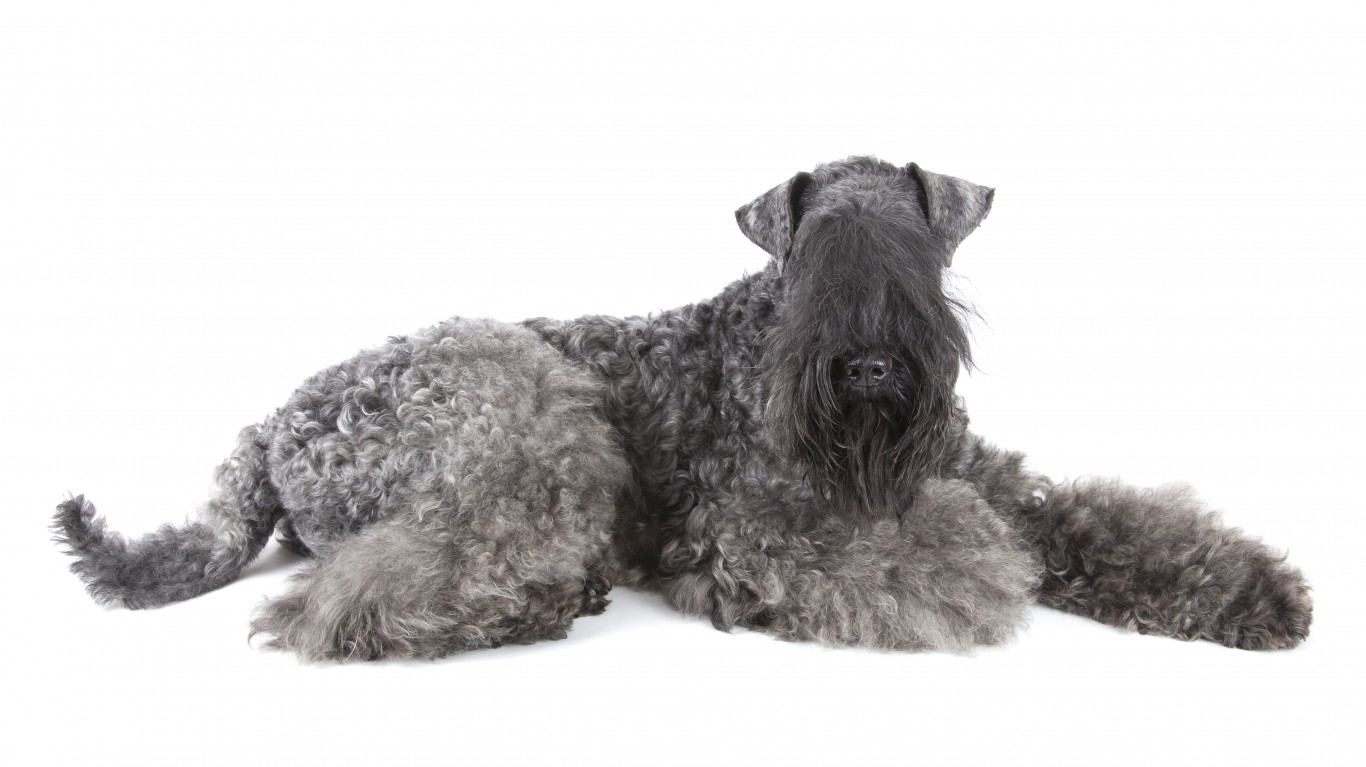
Kerry blue terrier
The Kerry blue terrier is a small muscular breed that was used in England and Ireland for hunting small game and birds. They are smart but need to be socialized and obedience training is recommended
[in-text-ad-2]
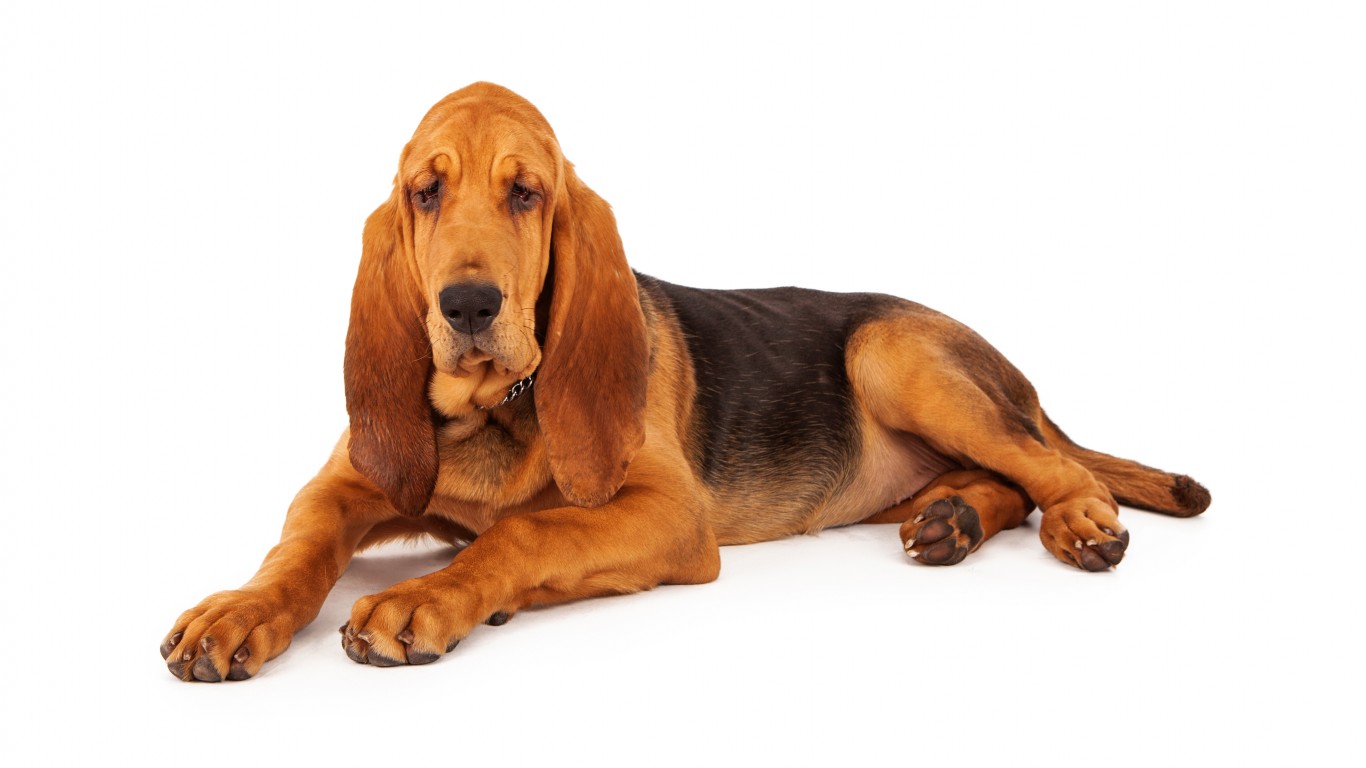
Bloodhound
The bloodhound is famous for its sense of smell and tracking ability. The breed is used by police forces around the world to find missing people and escaped prisoners. It is instantly recognizable because of its wrinkled face and large drooping ears. Unfortunately, the bloodhound is one of the shortest-lived dog breeds, at seven to nine years. It becomes set in its ways and likes to take charge, so training should start early.

Weimaraner
The Weimaraner is named after the German city of Weimar, where it was bred as a hunting and retrieving dog. It has distinctive silver-gray coloration and bright blue eyes. The Weimaraner is an excellent pet known for its friendliness and obedience, but it needs to be kept active. It’s also smart so it needs to be trained or else it will be the boss.
[in-text-ad]

Basset hound
Originally bred in France, the basset hound is known for its droopy features, hunting ability, and keen sense of smell, which is second only to that of its cousin, the bloodhound. Bassets are great with kids and, despite their size, they think of themselves as lap dogs. They are very independent and training takes time and persistence.
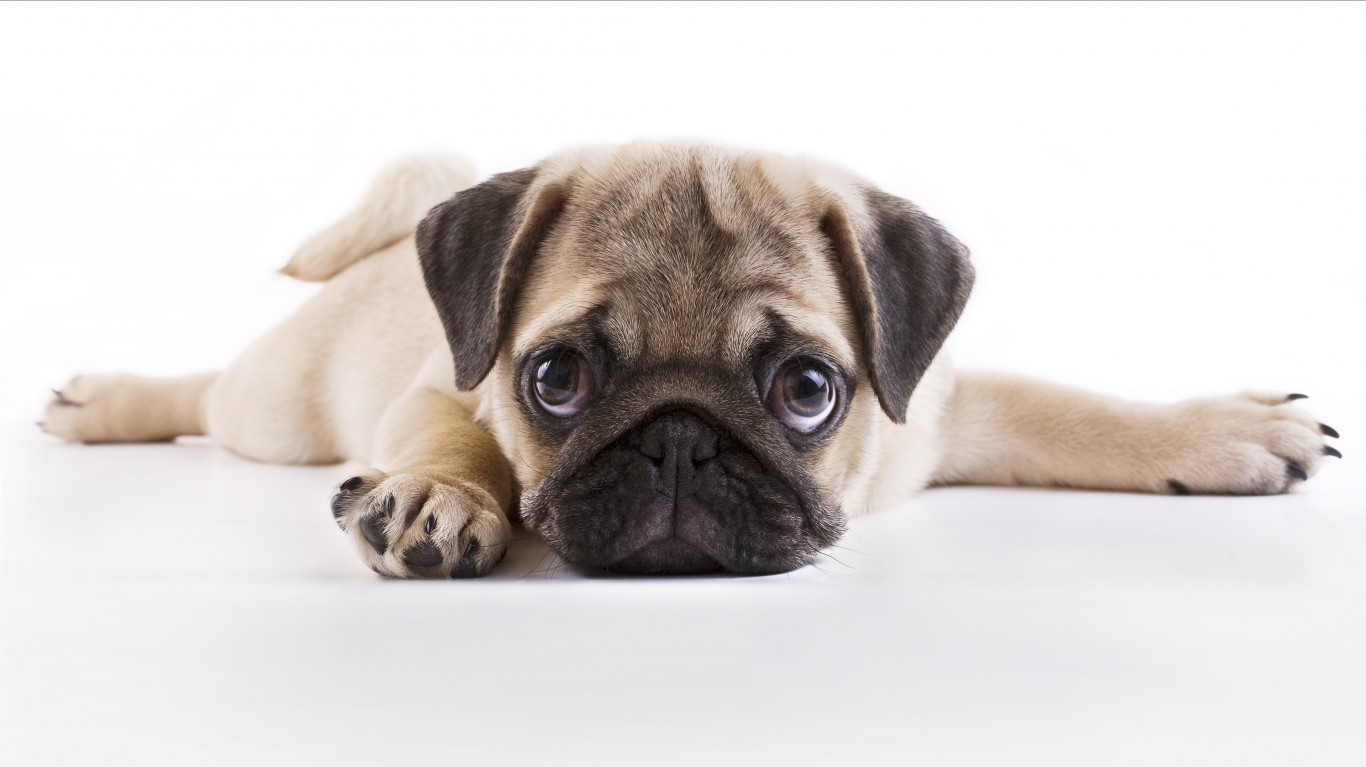
Pug
Pugs have a lot of personality in a small package, and they like attention and affection. They are intuitive dogs and sensitive to the moods of their owners, which makes them good companions. They can be strong willed but are not aggressive. They like to play with children, but some supervision may be needed. Because they like to please, harsh training methods should never be used.
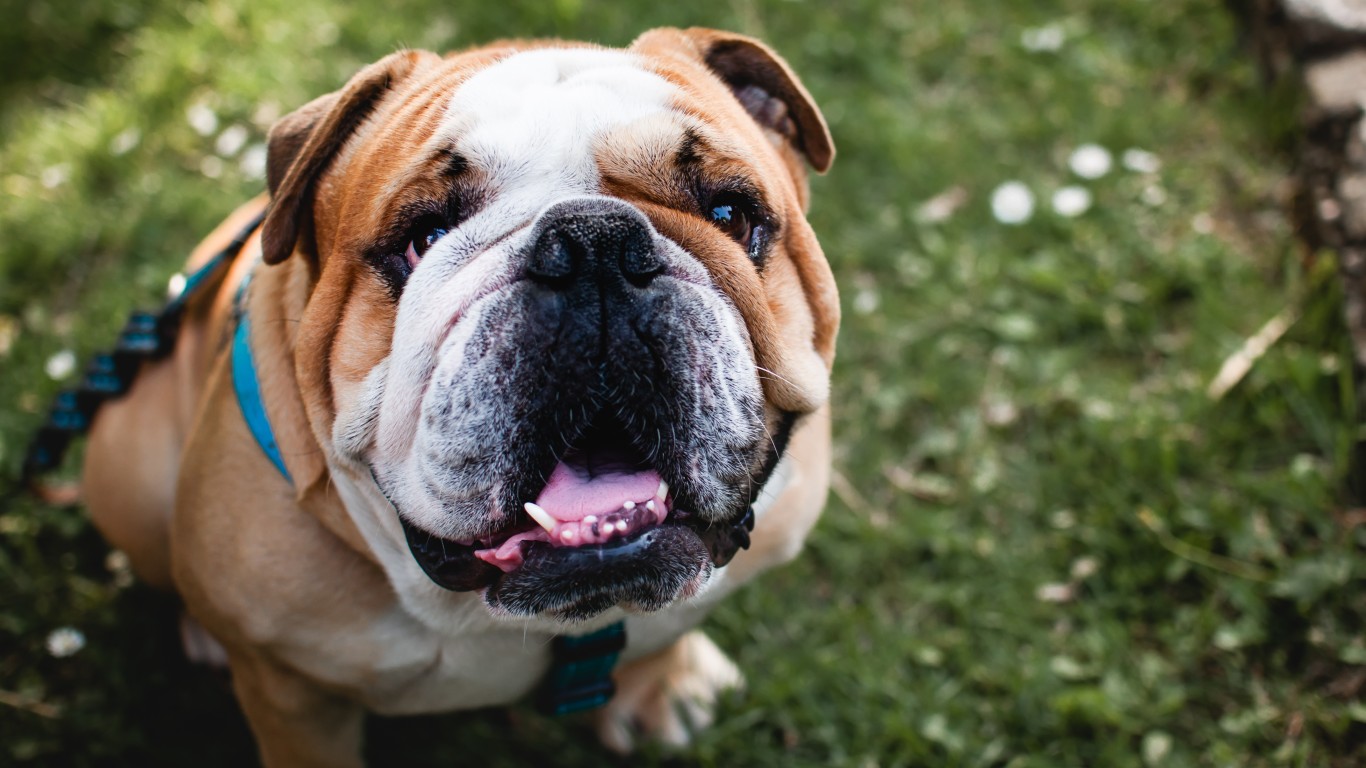
Bulldog
The bulldog has long been associated with British culture (note the resemblance to Winston Churchill!), but it’s also one of the most popular breeds in America. Its name belies a friendly personality and gentle disposition. The bulldog likes to chew, so it should be trained to release what’s in its mouth on command.
[in-text-ad-2]
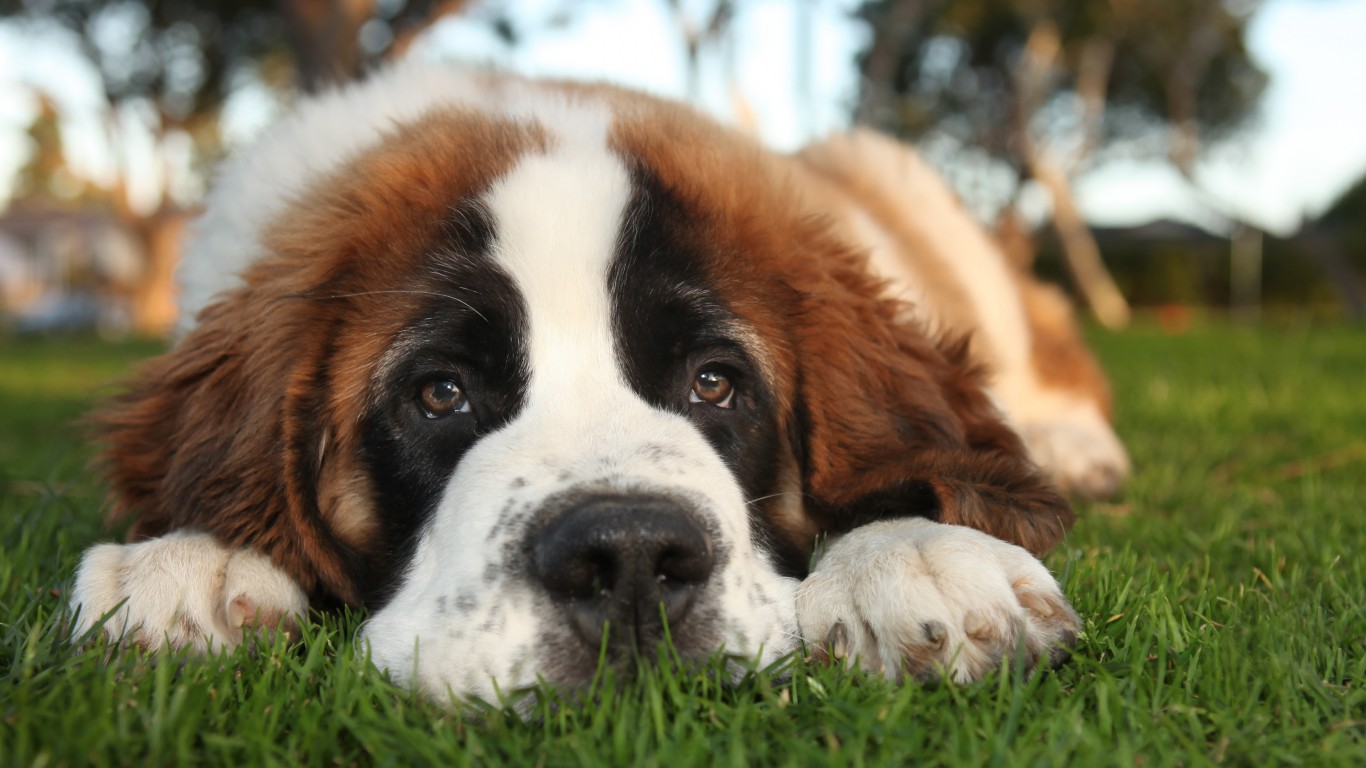
St. Bernard
Named after a monk who aided pilgrims crossing the Alps on their way to Rome, the St. Bernard is famous as a rescue dog. It is very big — males can weigh up to 180 pounds — and very strong, but it has a very gentle and winning expression. Unfortunately, it has a relatively short life expectancy of eight to 10 years. Because it is so big and strong, early socialization and obedience training are an absolute necessity.
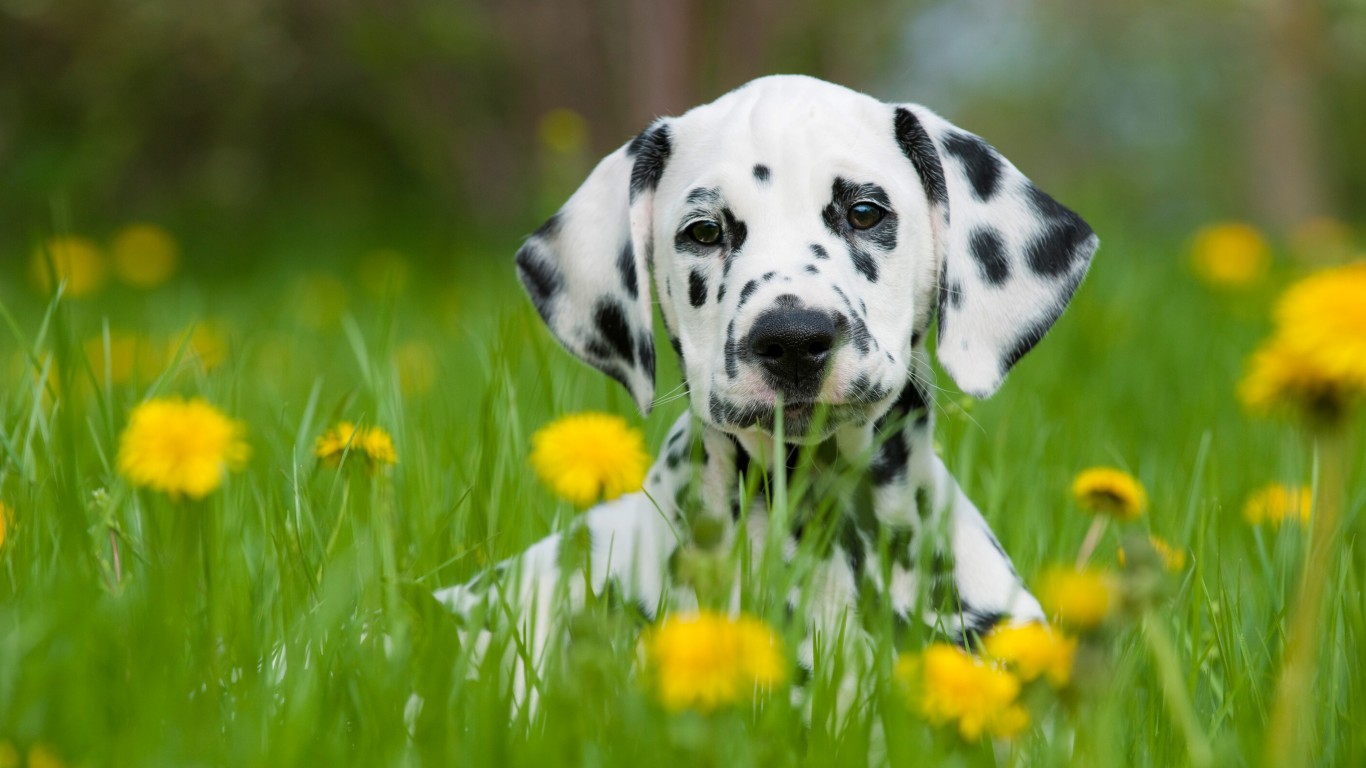
Dalmatian
The dalmatian is known for its spotted coat, although puppies are born without spots. It has a unique AKC designation — coach dog — as it was used to accompany and guard horse-drawn coaches. The breed has been known to generations of children as the star of the Dodie Smith book and Walt Disney film adaptation “101 Dalmatians.” The dalmatian can be very sensitive, so positive, reward-based training is required.
[in-text-ad]

Pekinese
The pekingese was bred to be a small enough lapdog for Chinese royalty to fit inside the huge sleeves of ancient Chinese garments. Even so, it was used as a guard dog. The pekingese is a survivor — one of the two dogs to escape the Titanic was a Pekingese named Sun Yat-sen, named after the first president of the Republic of China. The pekingese is independent and can be “opinionated,” and so requires careful training.
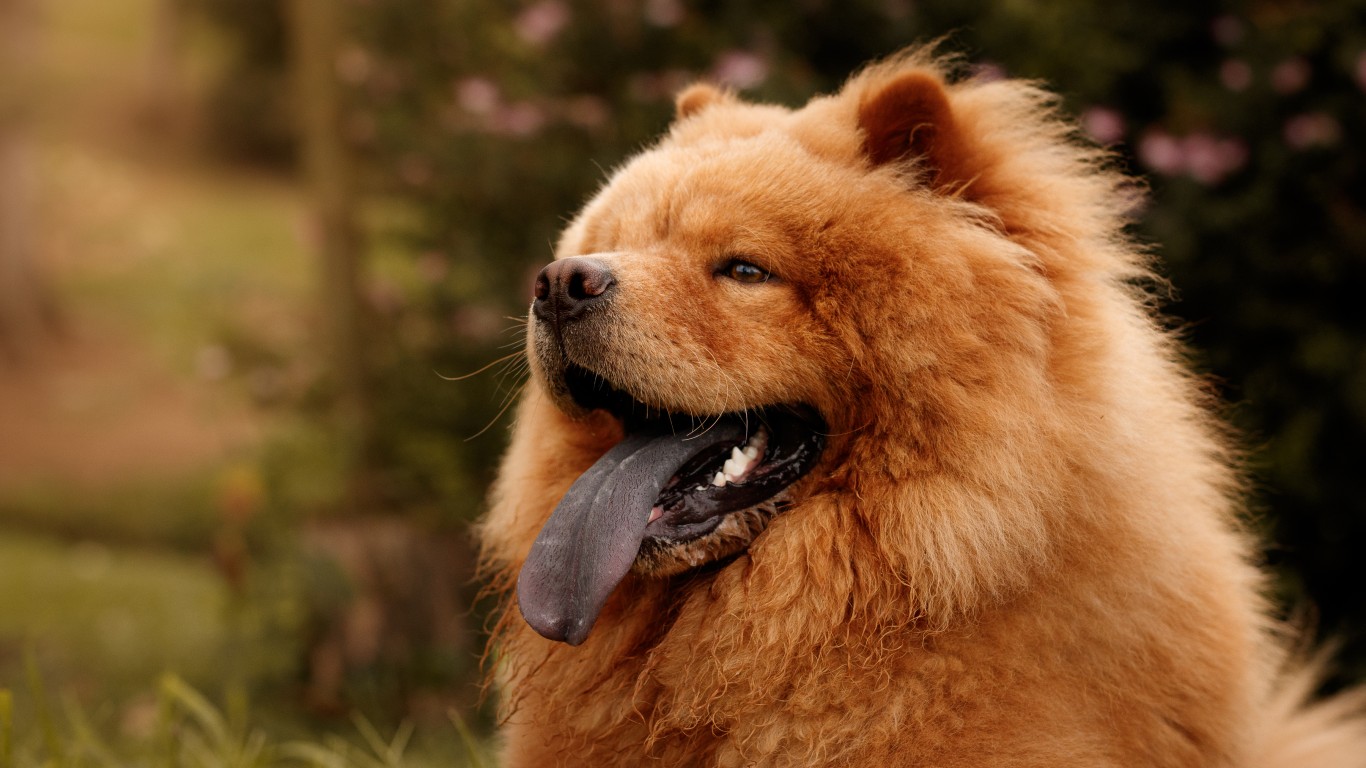
Chow chow
The chow chow is a member of the AKC’s Non-Sporting Group and does fine without a lot of exercise. Its deep-set eyes give it a serious look. It comes in a variety of colors, including red, black, and blue. The chow chow is one of two AKC registered breeds with a unique blue-black tongue, the other being the Chinese shar-pei. The breed can be stubborn so patience and positive reinforcement are required when training.

Chesapeake Bay retriever
The Chesapeake Bay retriever is the official State Dog of Maryland, its home state. This family-oriented dog has a waterproof coat that’s oily to the touch. It’s protective of its owners and is determined, making it a great watchdog but also a challenge to train.
[in-text-ad-2]

Bullmastiff
As the name suggests, the bullmastiff is the result of bulldog and mastiff crosses. It was bred to guard country estates and game preserves from poachers. It is large, tipping the scale at up to 130 pounds, and is powerful and intimidating. As a result, the bullmastiff requires careful training.
Are You Ahead, or Behind on Retirement? (sponsor)
If you’re one of the over 4 Million Americans set to retire this year, you may want to pay attention.
Finding a financial advisor who puts your interest first can be the difference between a rich retirement and barely getting by, and today it’s easier than ever. SmartAsset’s free tool matches you with up to three fiduciary financial advisors that serve your area in minutes. Each advisor has been carefully vetted, and must act in your best interests. Start your search now.
Don’t waste another minute; get started right here and help your retirement dreams become a retirement reality.
Thank you for reading! Have some feedback for us?
Contact the 24/7 Wall St. editorial team.
 24/7 Wall St.
24/7 Wall St. 24/7 Wall St.
24/7 Wall St.
